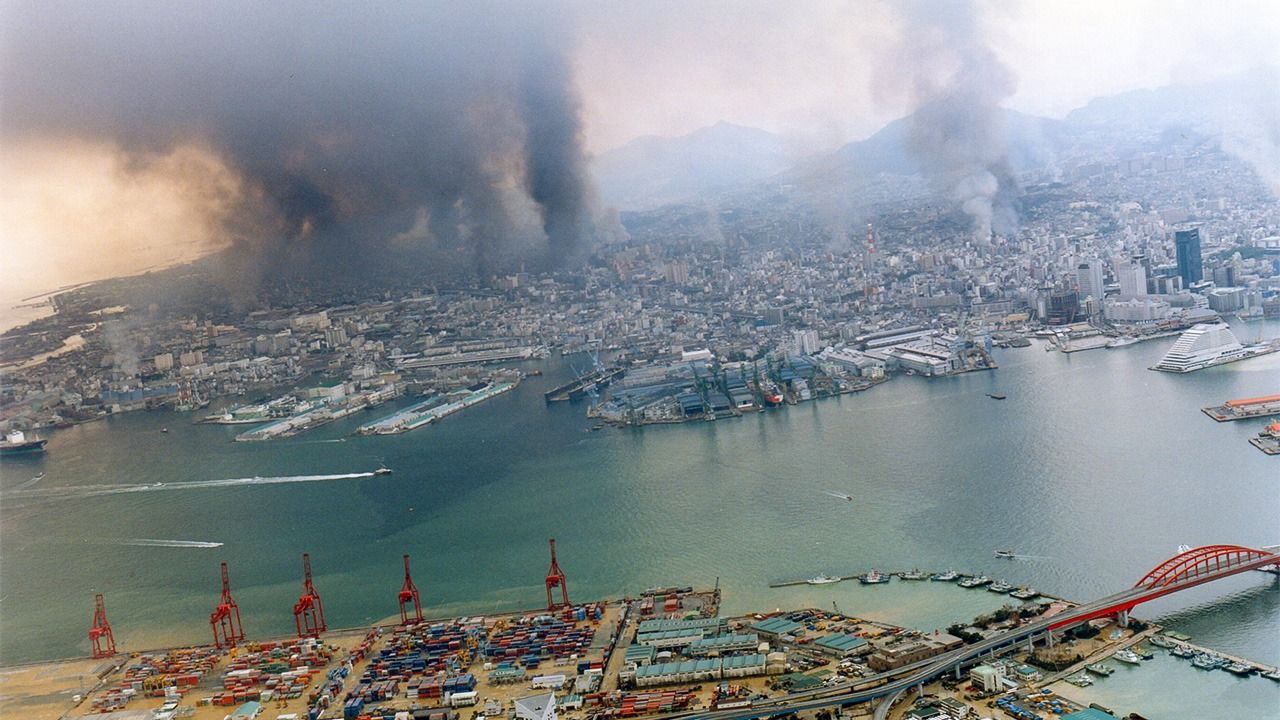
25 Years after Disaster: Looking Back on the Great Hanshin-Awaji Earthquake
Disaster Society Lifestyle- English
- 日本語
- 简体字
- 繁體字
- Français
- Español
- العربية
- Русский
The Great Hanshin-Awaji Earthquake struck at 5:46 on the morning of January 17, 1995, centered near Kobe in Hyōgo Prefecture. The 7.3-magnitude tremor, the first recorded at the maximum 7 on the Japanese intensity scale, damaged 640,000 houses and caused the death of 6,434 people, making it at the time the country’s deadliest earthquake since World War II. It would be surpassed by the 2011 Great East Japan Earthquake that killed almost 20,000 people.
The temblor occurred almost directly under Kobe and destroyed older wooden buildings that were not adequately earthquake-proof, crushing a great many residents as they slept. The quake also ignited massive fires that engulfed entire neighborhoods. In 1998, the government responded with legislation to assist people who lost their homes in the disaster. It also tightened building regulations to make structures more resistant to earthquakes.
Public response to the victims of the tremor was enormous. In 1995 there was an upsurge in volunteer groups, with more than a million people contributing to support activities. Then Diet in 1998 enacted the Promotion of Specified Nonprofit Activities, paving the way for the firm establishment of post-disaster volunteering. Nonprofit organizations would come to play a major role in recovery efforts following the 2011 Great East Japan Earthquake and the 2016 Kumamoto Earthquakes.
| Great Hanshin-Awaji Earthquake | Great East Japan Earthquake | |
|---|---|---|
| Date and time | 5:46 am, January 17, 1995 | 2:46 pm, March 11, 2011 |
| Magnitude | 7.3 | 9.0 |
| Epicenter | Northern Awajishima, near Kobe | Off the Sanriku coast |
| Type | Inland earthquake | Ocean trench earthquake |
| Prefectures recording intensity 6 or higher | Hyōgo | Iwate, Miyagi, Fukushima, Ibaraki, Tochigi, Gunma, Saitama, Chiba |
| Tsunami | Less than one meter high, causing no damage. | High waves recorded across the coastline, reaching at least 9.3 meters in Sōma, Fukushima Prefecture, 8.5 meters in Miyako, Iwate Prefecture, and 8.0 meters in Ōfunato, Iwate Prefecture. |
| Type of damage | Collapse of buildings and major fires in parts of Kobe. | Devastation in coastal areas caused by huge tsunami. |
| Casualties | 6,434 dead, 3 missing. Collapsed buildings and falling furniture accounted for almost 90% of fatalities. | 19,689 dead, 2,563 missing. Some 90% of immediate fatalities were the result of drowning. |
| Homes completely destroyed | 104,906 | 121,995 |
| Financial damage | ¥9.93 trillion (Hyōgo prefectural government estimate) | ¥16.9 trillion (Cabinet Office estimate) |
Created by Nippon.com based on data from the Cabinet Office, Fire and Disaster Management Agency, Japan Meteorological Agency, related municipalities, and other sources.
(Originally published in Japanese on January 15, 2020. Banner photo: Kobe as viewed from Port Island to Nagata Ward on January 17, 1995. Courtesy Hyōgo prefectural government.)
earthquake disaster Great Hanshin-Awaji Earthquake the Great East Japan Earthquake